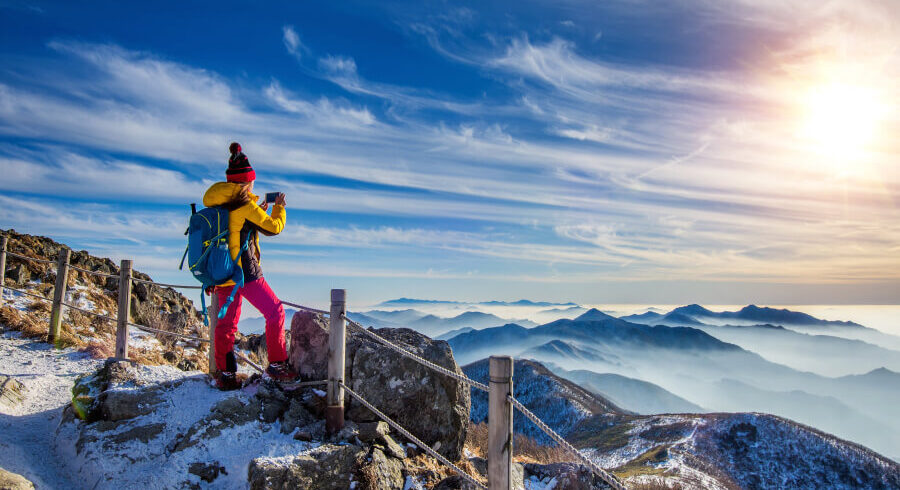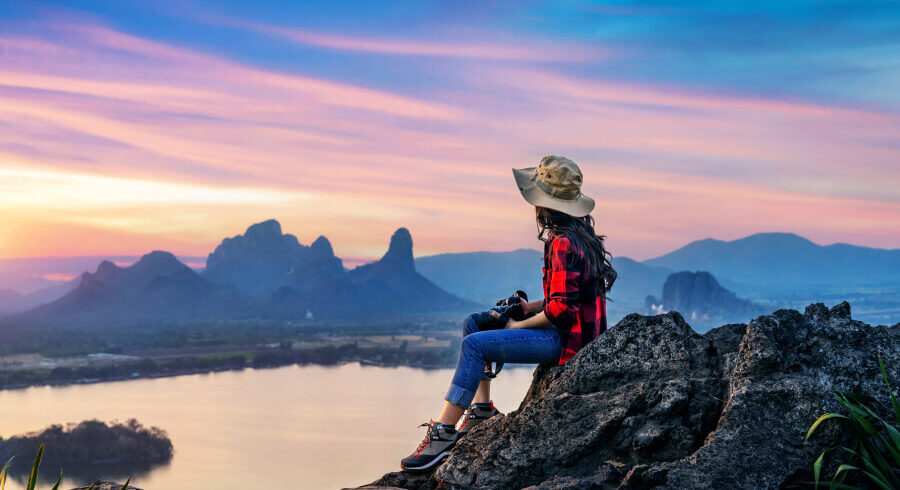Overview
Travel is the movement of people between relatively distant geographical locations, and can involve travel by foot, bicycle, automobile, train, boat, bus, airplane, or other means, with or without luggage, and can be one way or round trip. Travel can also include relatively short stays between successive movements.
The origin of the word “travel” is most likely lost to history. The term “travel” may originate from the Old French word travail, which means ‘work’. According to the Merriam Webster dictionary, the first known use of the word travel was in the 14th century.
Highlights
- Trek to the world-famous Everest Base Camp
- Enjoy the amazing view of the Himalayas from Kala Patthar
- Travel through the Sherpa villages of Namche, Khumjung, Khunde, and Dingboche
- Visit Tengboche the biggest and oldest monastery n the region.
Itinerary
1. Depart from Muscat to Nakhal Fort (1.5 hours)
Start your day early with a drive from Muscat to Nakhal Fort, which takes approximately 1.5 hours. This historic fort, set against a backdrop of rugged mountains, dates back to the 17th century. As you explore the fort, you’ll get to see its impressive walls, watchtowers, and the beautiful courtyard that offers stunning views of the surrounding landscape. The fort’s interior showcases Omani craftsmanship, and you can take your time wandering through the rooms, learning about the history of the area.
2. Visit Ain Al Thawarah Hot Springs (30 minutes)
After your exploration of Nakhal Fort, drive for about 20 minutes to Ain Al Thawarah, a natural hot spring located near Nakhal. This serene location is surrounded by lush date palm trees, and the warm waters are said to have therapeutic properties. You can relax by the springs, dip your feet into the warm water, or take some time to enjoy the peaceful surroundings. The contrast of the hot spring water against the desert-like environment makes for a unique and calming experience.
3. Lunch (1 hour)
Take a break for lunch either in Nakhal or enjoy a packed meal with views of the mountains or oasis. Many local spots offer traditional Omani cuisine, where you can sample dishes like Shuwa (slow-cooked lamb), Majboos (spiced rice), or grilled fish.
4. Head to Wakan Village (2 hours)
After lunch, embark on a scenic 1.5-hour drive to Wakan Village, nestled high in the Hajar Mountains. The winding road to Wakan is part of the adventure, offering stunning panoramic views of the valley below. Wakan is a picturesque village known for its terraced farms, cool climate, and stunning views of the surrounding mountains and valleys.
Once you arrive, take a leisurely walk through the village to see traditional mud-brick houses and terraced orchards filled with fruits like pomegranates, grapes, and apricots. The area is renowned for its tranquility and is perfect for those who want to experience a quiet, authentic Omani mountain village. If you’re up for a bit of adventure, consider hiking to one of the surrounding viewpoints for a spectacular panoramic view of the valley.
5. Explore Wakan Village (1.5 hours)
Spend a couple of hours wandering through Wakan Village. You can visit the farms, chat with the friendly locals, and enjoy the fresh mountain air. The village is a fantastic place to take photographs of the mountains, the terraced farms, and the unique architecture. The peaceful environment here offers a stark contrast to the busy city life and is a great place to unwind.
6. Return to Muscat (1.5 hours)
After soaking in the beauty of Wakan Village, start your return journey to Muscat, which will take about 1.5 hours. Depending on your time and energy, you might want to stop for a quick coffee or take in the views one last time as you head back to the city.
This itinerary combines history, nature, and culture into one unforgettable day. You’ll explore the ancient Nakhal Fort, relax at the tranquil Ain Al Thawarah Hot Springs, and immerse yourself in the beauty of Wakan Village — making the most of your 8-hour adventure from Muscat.
Cost
The Cost Includes
- Pick-up or Drop-off service from and to Airport(in our own vehicle)
- Transportation to and from!!
- Food all along the trip(Breakfast, Lunch, Dinner and a cup of coffee or tea) and accommodations during the trip in hotels with family environment
- Transportation, food, accommodation and insurance of Guide during the trip
- Down jacket, all-season sleeping bag, duffel bag and trekking map(in case if you don’t have your own. Down jacket, sleeping bag and duffel bag must be returned after completion of the trip)
- First Aid Medical Kit(Your guide will carry the Medical Kit but we also advise to bring yourself for your own use, as far as possible)
- All the required permits and paperwork
The Cost Excludes
- International Airfare
- Visa Charges
- Hotel Expenses(In Kathmandu, some packages do include hotel expenses)
- Your travel and medical insurance
- Personal Expenses such as shopping, bar bills, hot shower, telephone, laundry, titbits etc
- Food and accommodations in Kathmandu
- Services not mentioned or not promised by the agent/agency
- Emergency expenses such as expenses on chartered helicopter.
FAQs
Annapurna Base Camp is a Grade B or a moderately difficult trekking route. So any fit person can do this trek, even if you do not have any previous experience. You should be aware of what to expect and mentally prepare for it. Then, as long as you will too, you can.
On average, you walk about 4 to 6 hours per day. One or two days can be as less as 3hrs and one or two days can be as long as 7hrs.
The highest altitude reached is 4190m. This is the elevation of Annapurna Base Camp. ABC is the highest we will climb in this trek.
Yes, you can charge batteries en route. Charger should be brought. There are hot shower facilities as well. You may have to pay a certain amount for both ($1-$2). Negotiate. Also, a hot water facility could be free at a lower elevation.
No. There are no ATMs on this trek route. You will have to draw enough cash in Pokhara or Kathmandu. There are a number of ATMs in these cities. Everything is paid in Nepali rupees. So money should be exchanged before the start of the trek.
Yes. The Internet can be accessed in most places. Sometimes, there might be some technical problems. The Internet in Nepal is not as fast as you are used to and at times you can just lose connection.
Not really. It depends on you. If you want, ABC trekking can be done independently. You could hire a guide and a porter by yourself instead of going through an agency or not hire a guide at all. Although, not having a guide can be a little problematic during the offseason.
It really depends on you. Is it your first time in Nepal? How confident are you of being able to find your way around? How pressed on time are you? If you go through an agency, it will be costlier but everything will be planned. You will only have to come, trek and return.
For the Annapurna region, pay for guides range from $20 to $30 per day and porters take $15 to $25 per day.




